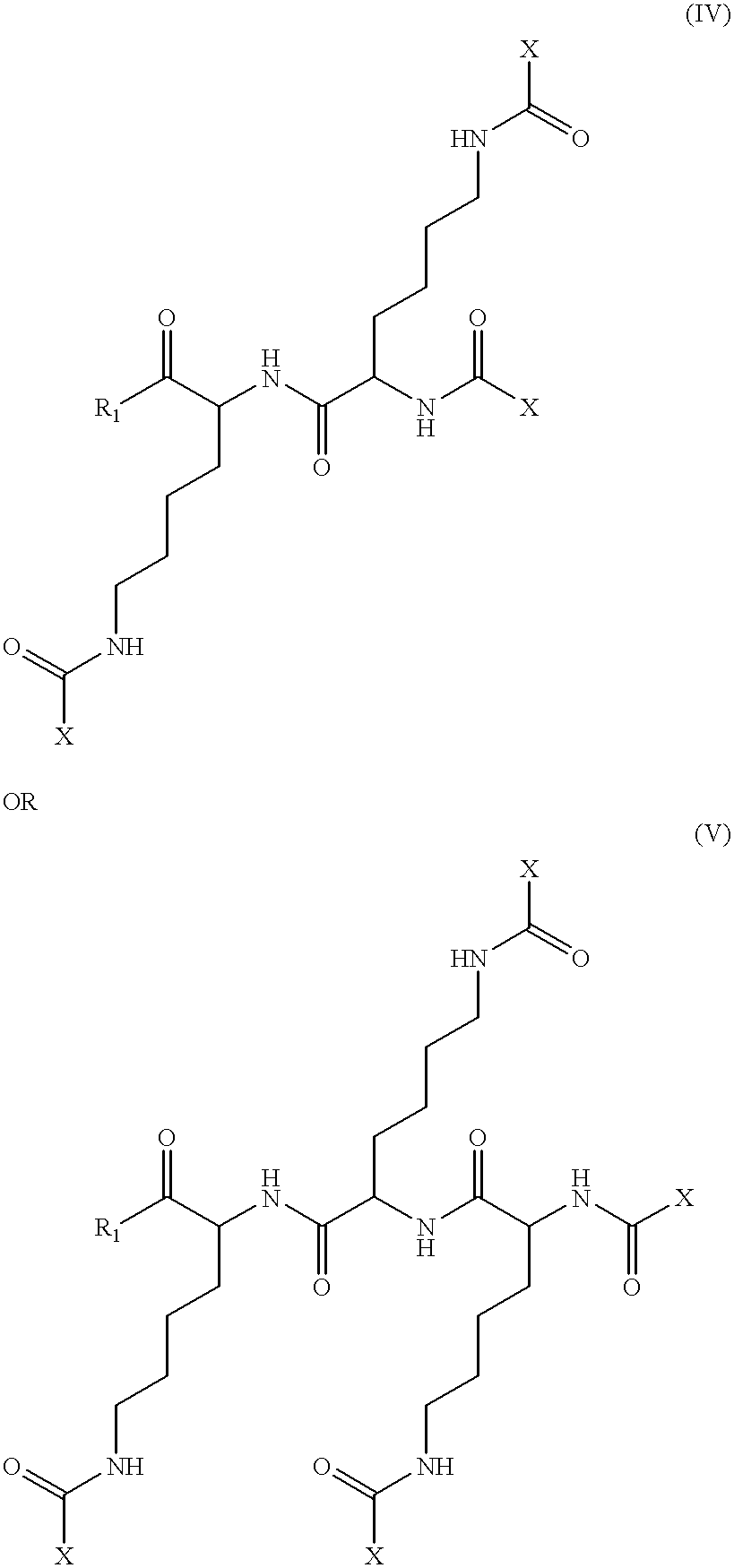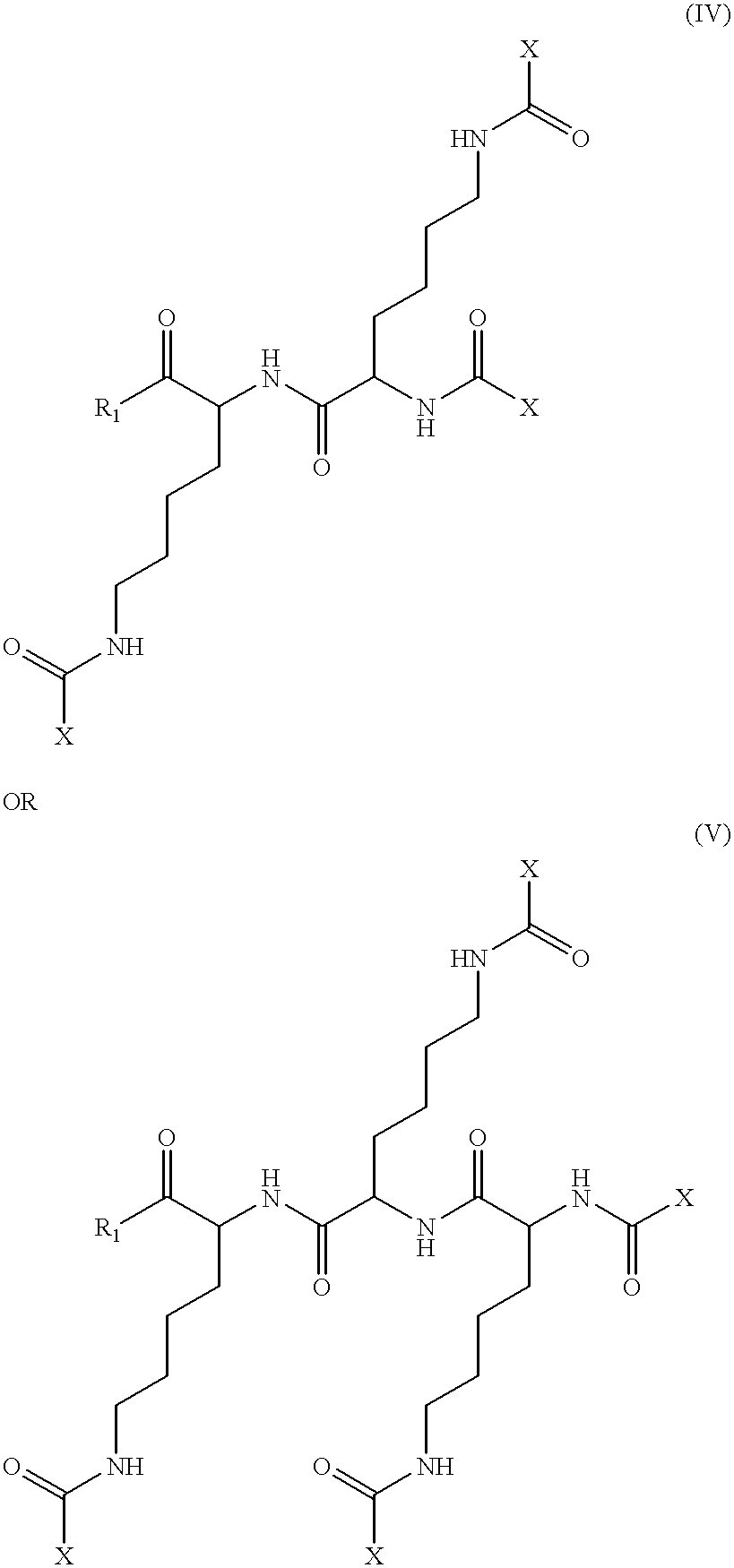Apolipoprotein A-I agonists and their use to treat dyslipidemic disorders
a technology of apolipoprotein a-i and composition, which is applied in the direction of metabolism disorders, peptide/protein ingredients, peptide sources, etc., can solve the problems of side effects and qualifying patient population, side effects, and side effects, and achieve the effect of promoting cholesterol efflux and increasing serum cholesterol fractions
- Summary
- Abstract
- Description
- Claims
- Application Information
AI Technical Summary
Problems solved by technology
Method used
Image
Examples
Embodiment Construction
The ApoA-I agonists of the invention mimic ApoA-I function and activity. They form amphipathic helices (in the presence of lipids), bind lipids, form pre-.beta.-like or HDL-like complexes, activate LCAT, increase serum HDL concentration and promote cholesterol efflux. The biological function of the peptides correlates with their helical structure, or conversion to helical structures in the presence of lipids.
The ApoA-I agonists of the invention can be prepared in stable bulk or unit dosage forms, e.g., lyophilized products, that can be reconstituted before use in vivo or reformulated. The invention includes the pharmaceutical formulations and the use of such preparations in the treatment of hyperlipidemia, hypercholesterolemia, coronary heart disease, atherosclerosis, and other conditions such as endotoxemia causing septic shock.
The invention is illustrated by working examples which demonstrate that the ApoA-I agonists of the invention are extremely efficient at activating LCAT, and...
PUM
| Property | Measurement | Unit |
|---|---|---|
| hydrophobic angle | aaaaa | aaaaa |
| pho angle | aaaaa | aaaaa |
| phi angle | aaaaa | aaaaa |
Abstract
Description
Claims
Application Information
 Login to View More
Login to View More - R&D
- Intellectual Property
- Life Sciences
- Materials
- Tech Scout
- Unparalleled Data Quality
- Higher Quality Content
- 60% Fewer Hallucinations
Browse by: Latest US Patents, China's latest patents, Technical Efficacy Thesaurus, Application Domain, Technology Topic, Popular Technical Reports.
© 2025 PatSnap. All rights reserved.Legal|Privacy policy|Modern Slavery Act Transparency Statement|Sitemap|About US| Contact US: help@patsnap.com



